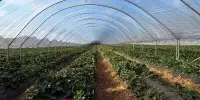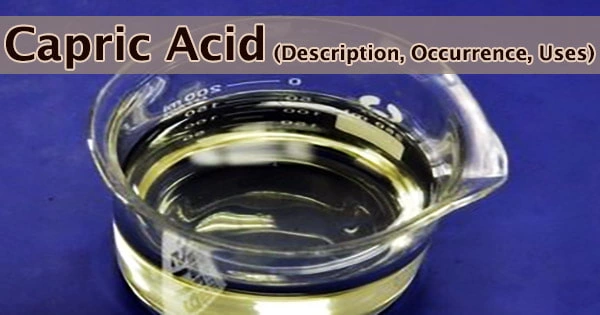Intensive animal farming, industrial livestock production, and macro-farms, commonly described as factory farming by opponents, is a type of intensive agriculture, specifically a method of animal husbandry aimed to increase output while minimizing costs. Factory farming, also known as industrial agriculture, is a modern agricultural practice that focuses on maximizing meat, dairy, and other animal product production while decreasing costs.
This farming method has been widely implemented in various regions of the world in order to meet the increasing demand for animal-based food products. However, it has also sparked debate and worry due to the environmental, ethical, and health consequences. Agribusinesses achieve this by keeping livestock such as cattle, poultry, and fish at high stocking densities, on a huge scale, and with modern machinery, biotechnology, and global trade. This industry’s principal products are meat, milk, and eggs for human consumption.
There are questions about whether intensive animal farming is socially sustainable in the long run, considering the high resource costs. Analysts also raise concerns regarding its ethics. The benefits, hazards, and ethics of industrial animal farming are all being debated. The challenges include food production efficiency, animal welfare, health risks, and environmental effect (e.g., agricultural pollution and climate change).
Key characteristics of intensive animal farming include:
- High Stock Density: To maximize the number of animals that may be reared in a given area, animals are kept in densely crowded facilities such as huge barns or confined quarters.
- Confinement: Animals are frequently confined to small quarters or cages, limiting their freedom of movement. This confinement can cause stress, health problems, and a decrease in the animals’ quality of life.
- Antibiotic Use: Antibiotics are frequently supplied to animals, sometimes as a routine treatment, to prevent the spread of disease under crowded situations. Concerns have been expressed concerning antibiotic resistance in both animals and humans as a result of this.
- Hormone Use: Growth-promoting hormones may be given to animals to accelerate their growth and increase meat or milk production.
- Feed Efficiency: Animals are typically fed a concentrated diet to promote rapid growth and weight gain. These diets often consist of grains, soybeans, and other feed crops.
- Limited Outdoor Access: In many intensive farming systems, animals have limited or no access to outdoor pasture, which is in contrast to traditional farming practices.
- Artificial Lighting and Climate Control: Farms may use artificial lighting and climate control systems to optimize conditions for animal growth and production.
















